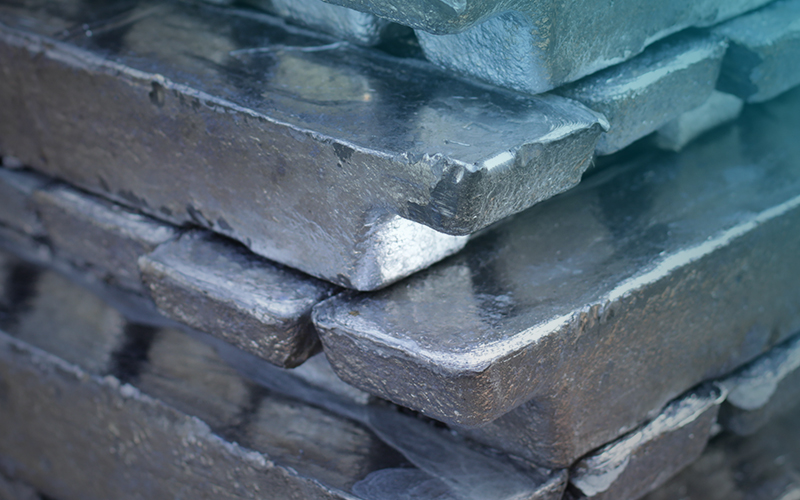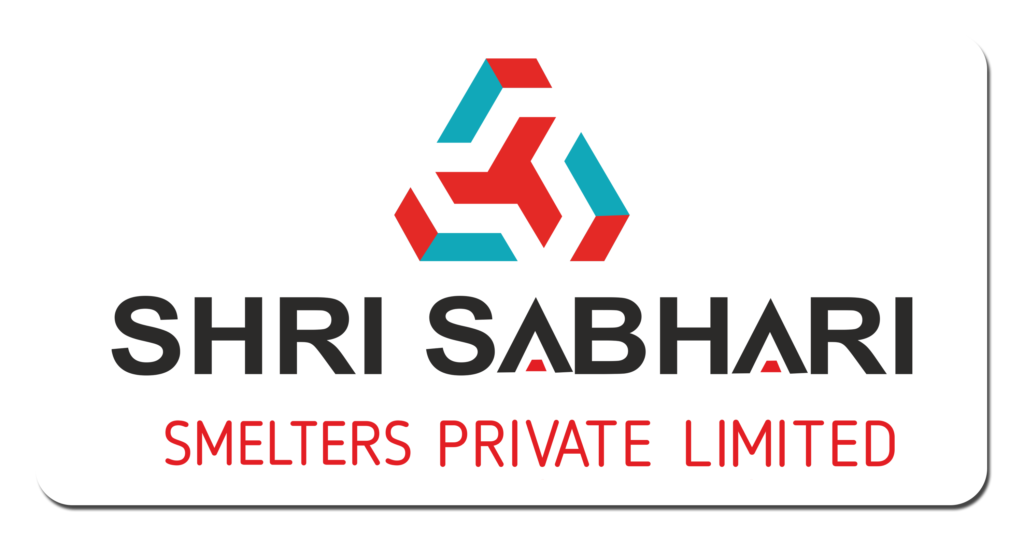
Ingredients / Composition
Selenium alloys are formed by adding selenium (Se) in small amounts to base metals to alter electrical, mechanical, and chemical properties. Selenium is used more for modification and enhancement than as a primary alloying metal.
Common Selenium Alloy Types:
| Alloy Type | Base Metal | Selenium Content | Key Additives/Uses |
|---|---|---|---|
| Selenium-Copper | Copper | ~0.5–1% | Replaces tellurium in free-machining copper |
| Selenium-Steel | Stainless steel | Trace amounts | Improves machinability |
| Selenium-Bismuth | Bismuth | 0.5–1% | Used in low-melting-point alloys |
| Selenium-Tellurium | Tellurium, metal blends | Varies | Used in photoconductors and glass tech |
Usage of Selenium Alloys
| Application Area | Details |
|---|---|
| Free-Cutting Copper Alloys | Selenium replaces tellurium or sulfur to enhance machinability with improved chip formation and thermal stability. |
| Electrical Contacts & Semiconductors | Selenium alloys, especially with tellurium or bismuth, are used in photoconductive cells, rectifiers, and light sensors. |
| Stainless Steel Modification | Trace selenium improves machining without compromising corrosion resistance. |
| Thermoelectric & Photoelectric Devices | Used in devices that convert light or heat to electricity. |
| Glass Industry | Selenium-metallic additives control tint and remove greenish color in glass caused by iron impurities. |
Key Highlights
Improves Machinability: Helps metals cut more easily and cleanly, reducing tool wear.
Used in Electronics: Found in light sensors, photocopiers, and solar-related technologies.
Alternative to Toxic Additives: Offers a safer substitute for lead or tellurium in some metal applications.
Enhances Thermoelectric Performance: Key material in specific energy conversion devices.
Glass Coloring & Clarification: Commonly used to decolor or color-control flat and container glass.
FAQ
Selenium improves machinability, similar to tellurium or sulfur, and is often used in free-machining copper to enhance performance without toxic residues.
Yes, especially in selenium-tellurium combinations, which are used in semiconductors and photoconductors for their electrical properties.
Yes. In stainless steels, trace amounts of selenium improve machinability without affecting corrosion resistance.
Key industries include electronics, metallurgy, glass manufacturing, and energy (e.g., solar and thermoelectric applications).
It is added to decolor green-tinted glass or give it a pink or red hue, especially in flat glass and bottles.



